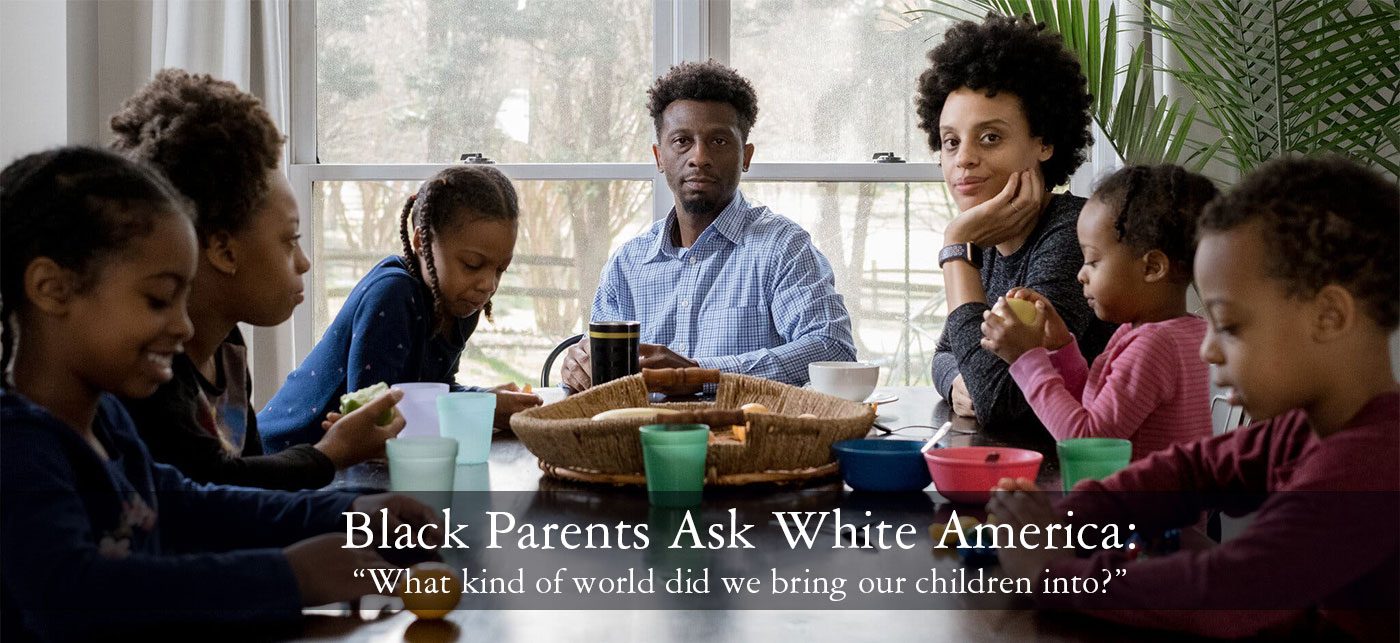There’s been rampant speculation on the likelihood of an extension of federal unemployment benefits, especially in light of the pending expiration on July 31. But an important domino fell in the direction of a benefit extension with the July 16 release of initial unemployment claims.
The most recent figures confirm the unemployment situation remains dire. That being the case, arguing against an extension of federal unemployment benefits is quickly turning into a political non-starter.
The Latest Employment Numbers from the U.S. Department of Labor
The latest report from the DOL, released on July 16, shows initial claims for unemployment at 1.3 million. That’s down just 10,000 claims from 1.31 million the previous week. More than anything else, the hairline decline in initial claims is confirming a status quo on the employment front. It’s even possible that revisions – which are common with employment figures – will tell an even less optimistic story.
Either way, the most that can be extracted from the recent employment numbers is a stagnated job market. That doesn’t leave politicians with much breathing room as the July 31 expiration date on federal unemployment benefits looms.
One bright spot in the most recent jobs report is that continuing claims for unemployment dropped to 17.34 million from 17.76 million the previous week. That resulted in a decline in the overall unemployment rate, from 12.2% to 11.9%.
Still, both the unemployment rate and the number of continuing unemployment claims confirm the clear recessionary status of the economy and the job market. Even at “only” 1.3 million initial unemployment claims, the number is still twice as high as the peak of claims during the Great Recession, and more than six times the average of 200,000 per week prior to the coronavirus.
The Bigger Employment Picture that May be Hiding Beneath the Latest Numbers
Even the improvements in the unemployment rate and the number of continuing claims may be hiding something much more ominous.
Millions of workers have returned to their jobs since the middle of May as the economic shutdown was being lifted across the country. The reemployment of those workers was primarily because they were merely furloughed and recalled as the economy began reopening.
But initial claims for unemployment, despite being considerably lower than they were at the peak of the COVID shutdown, have been taking place despite the reopening of the economy.
There’s an excellent chance that layoffs taking place in the last few weeks are permanent, while those that occurred earlier in the coronavirus process were temporary.
If so, the continuing high number of initial unemployment claims is pointing toward ongoing stagnation.
“The bulk of the June job gains were not newly created roles, but rather businesses rehiring employees who’ve been previously furloughed and brought back,” reported Forbes Senior Contributor, Jack Kelly. “The data, as dire as it is, doesn’t tell the entire story. We’ve seen overwhelming reports indicating that the economy continues to crumble and it’s not likely to get better anytime soon.”
There’s also evidence the employment situation may be worse than the boilerplate numbers put out by the Department of Labor.
“Roughly 1.3 million Americans have filed for first-time unemployment benefits last week, according to the United States Department of Labor,” continues Kelly. “If you add in the 1 million pandemic claims filed by gig-economy and related workers, we’re at an alarming 2.3 million Americans who sought unemployment assistance last week.”
The Resurgence of COVID-19 Cases and the Impact on Employment
Looming in the background of the economy and the job market – but having a profound effect on both – is the resurgence in COVID-19 cases. While the number of deaths from the virus has thankfully fallen impressively, new cases are at an all-time high.

According to the John Hopkins Coronavirus Resource Center, the number of new infections nationally is regularly exceeding 60,000 per day. That’s nearly double the 30,000+ daily cases reported during what was thought to be the peak of the coronavirus back in late April and early May.
At this point, it’s impossible to separate the trajectory of the coronavirus from the performance of the economy and the job market. And given that the latest upturn in new COVID-19 cases only began in the middle of June, the full effect of the latest phase of the virus on unemployment has yet to be fully felt.
If that turns out to be the case, the best news on unemployment may very well be behind us. Not only are some states now rolling back reopening plans, but many businesses are limiting operations even apart from state-imposed regulations.
“Some major retailers and attractions are also closing of their own accord absent any renewed local restrictions,” reported Forbes Staff Writers, Sarah Hansen and Lisette Voytko. “Disney DIS -0.4% announced Wednesday that its Disneyland resort in Anaheim, California would not reopen on July 17 as scheduled (though Disneyworld, in Florida, is still slated to reopen next month), and Apple AAPL -0.2% announced this week that it is reclosing its stores in states where Covid-19 cases are spiking (Texas, Arizona, and Florida, among others).”
Against the backdrop of the recent surge in COVID-19 cases, it’s likely consumers themselves will limit spending. Some may do it out of fear of economic uncertainty. But for others it will be a byproduct of spending less by doing less. Either way, reduced spending will have a dampening effect on the economy. And that will result in flat employment or worse
The Oncoming Childcare Crisis
Even apart from the current state of employment, there’s an “X” factor looming just over the horizon. The reopening of schools.
Fierce debates are raging across America, but especially in the southern tier of the country where new virus infections are rising most rapidly.

A second shutdown of the US economy is highly unlikely, given the economic fallout already experienced. But that’s creating another dilemma for working parents.
Though President Trump is ordering schools nationwide to reopen in the fall, it’s not clear all will comply. And even if they do, they may still adopt a scaled-back version of attendance.
“California’s Los Angeles and San Diego counties announced Monday that their schools will remain remote-only this fall,” reports Forbes Staff Writer, Alison Durkee. “(A)nd New York Gov. Andrew Cuomo unveiled new data thresholds to determine school reopenings, as states and cities openly rebuke President Donald Trump’s push to resume full-time in-person learning in the fall.”
Online School Now vs. Last Spring
The school situation is fundamentally different now than it was when the coronavirus first hit in the spring. At that time, the closing of schools coincided with the economic shutdown. With both parents and students at home at the same time, childcare wasn’t an issue.
But with the possibility of schools either continuing to operate remotely or on reduced schedules in the fall, many parents are facing a childcare crisis. What accommodations will be made for the care of young children while their parents are back at work?
There are no clear answers, which is putting many parents in an uncomfortable position of choosing between work and taking care of their children. The built-in flexibility that was apparent last spring is in short supply going into the new school year.
Admittedly, the school reopening/childcare issue doesn’t have a direct impact on unemployment or the extension of federal unemployment benefits. But it is contributing to the stress level being experienced by working parents of young children. That’s the kind of dilemma that can easily spill over into the political arena. And that may translate into an additional incentive for politicians to act quickly on an unemployment extension, as well as a second stimulus payment.
Indecision in Washington and the Fast-Approaching Election
Against the backdrop of crisis and uncertainty, the powers-that-be in Washington continue to debate, if only at a distance.
For their part, the Democrats have already made clear their intention to extend the $600 per week federal unemployment benefit past the July 31 expiration date called for in the CARES Act. This was included in the HEROES Act passed in the Democrat-controlled House of Representatives back in May. That bill includes not only an extension of federal unemployment at $600 per week, but also a new round of stimulus payments of $1,200 per person, and up to $6,000 for a family of five.
Though the Republican-controlled Senate continues to resist the specifics of the HEROES Act, they do support alternatives. However, those alternatives generally call for less generous benefit payments.
Treasury Secretary Steven Mnuchin has gone on record as saying the Trump Administration wants to limit continued benefits to no more than a beneficiary’s previous earned income. This sounds like a reasonable counterproposal, but it’s not without problems.
“Many are concerned that discontinuing the extra unemployment benefit would push many Americans into a financial crisis,” writes Forbes Contributor, Renee Morad. “This comes at a particularly challenging time as two dozen states pause or roll back their reopening plans in an effort to flatten the curve, given the recent surge in coronavirus cases.”
To be sure, the payment of unemployment benefits exceeding a worker’s previous earnings has been overly generous. But at the same time, it’s helped to support millions of households as well as to minimize the impact of a severely distressed economy.
As reasonable as limiting unemployment benefits to no more than previous earnings sounds, don’t be surprised if the final unemployment extension doesn’t come closer to matching the current $600 per week format.
Summary
Though the July 31 expiration date on federal unemployment benefits is approaching rapidly, with no clear decision in sight, that situation could change on very short notice. Congress acted very quickly to pass the CARES Act back in March, which was the beginning of the federal unemployment benefit program.
This time around, the federal unemployment benefit is already in place. A piece of legislation that took weeks to become reality in the early days of COVID-19 could well be extended in a matter of days. And as unlikely as it may seem at the moment, we shouldn’t be surprised if the President himself extends the current benefit set up by executive order in the closing days of July. That can be done with minimal political consequences in the name of giving Congress more time to craft a more permanent option.
That’s the outcome I expect, even though time is rapidly growing short.





